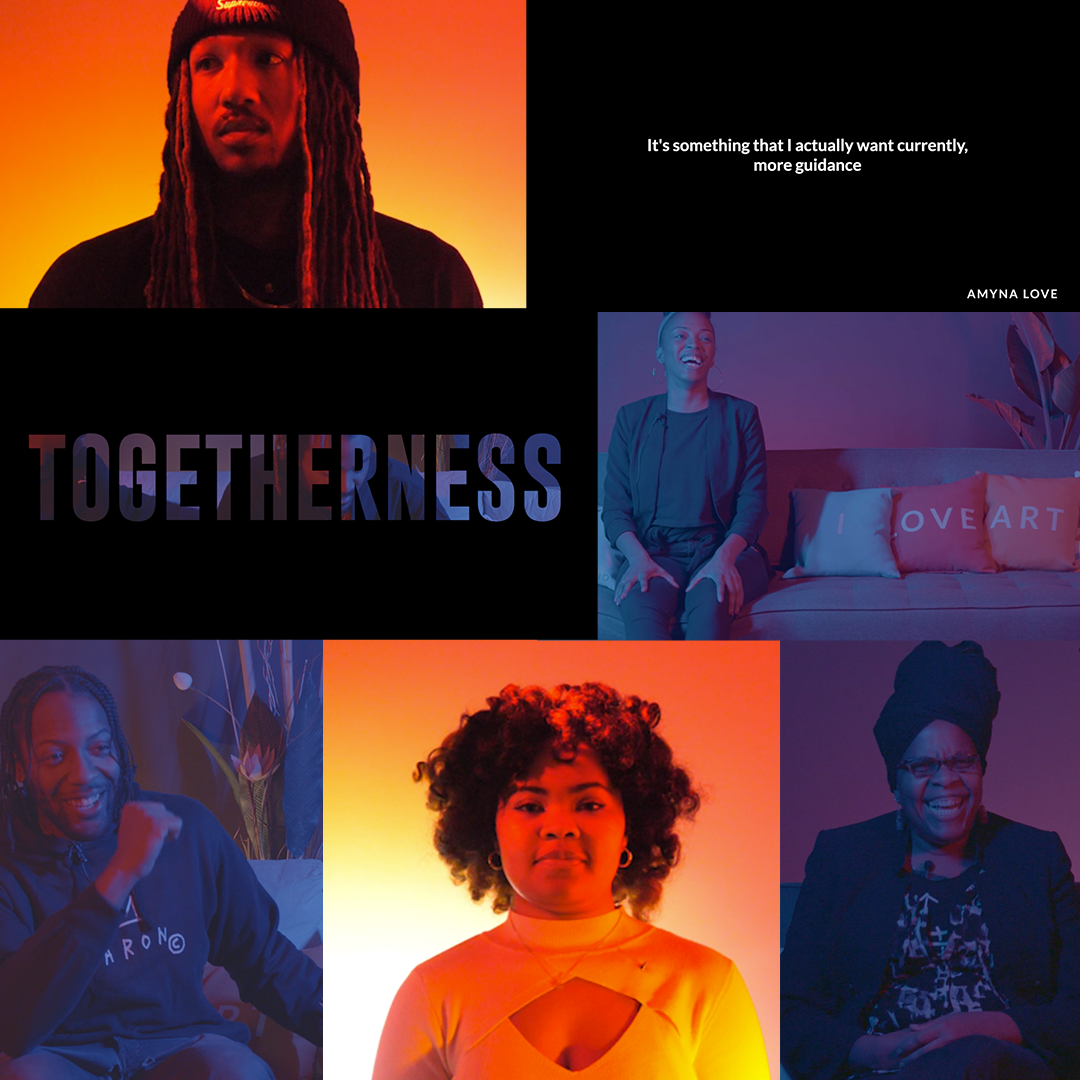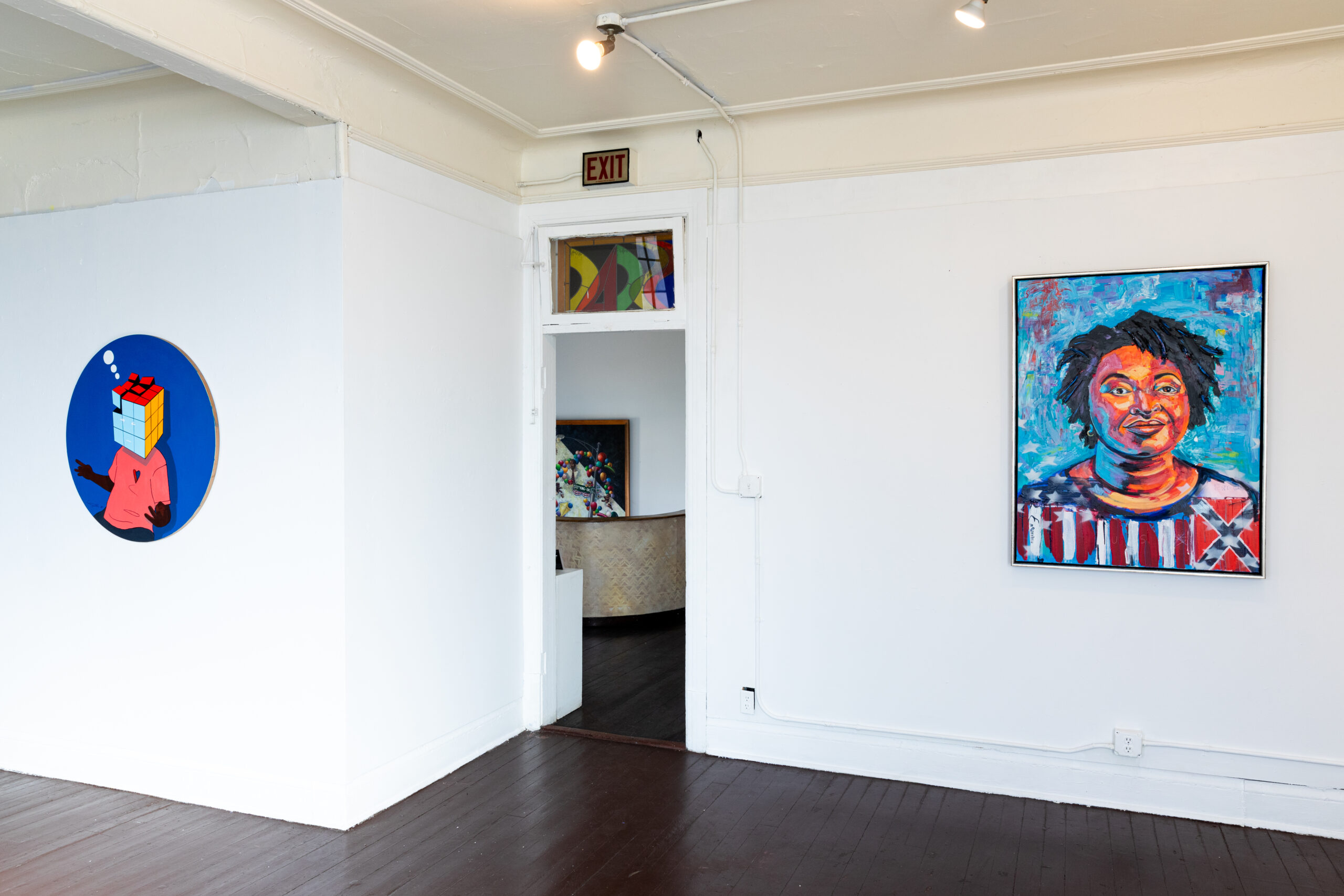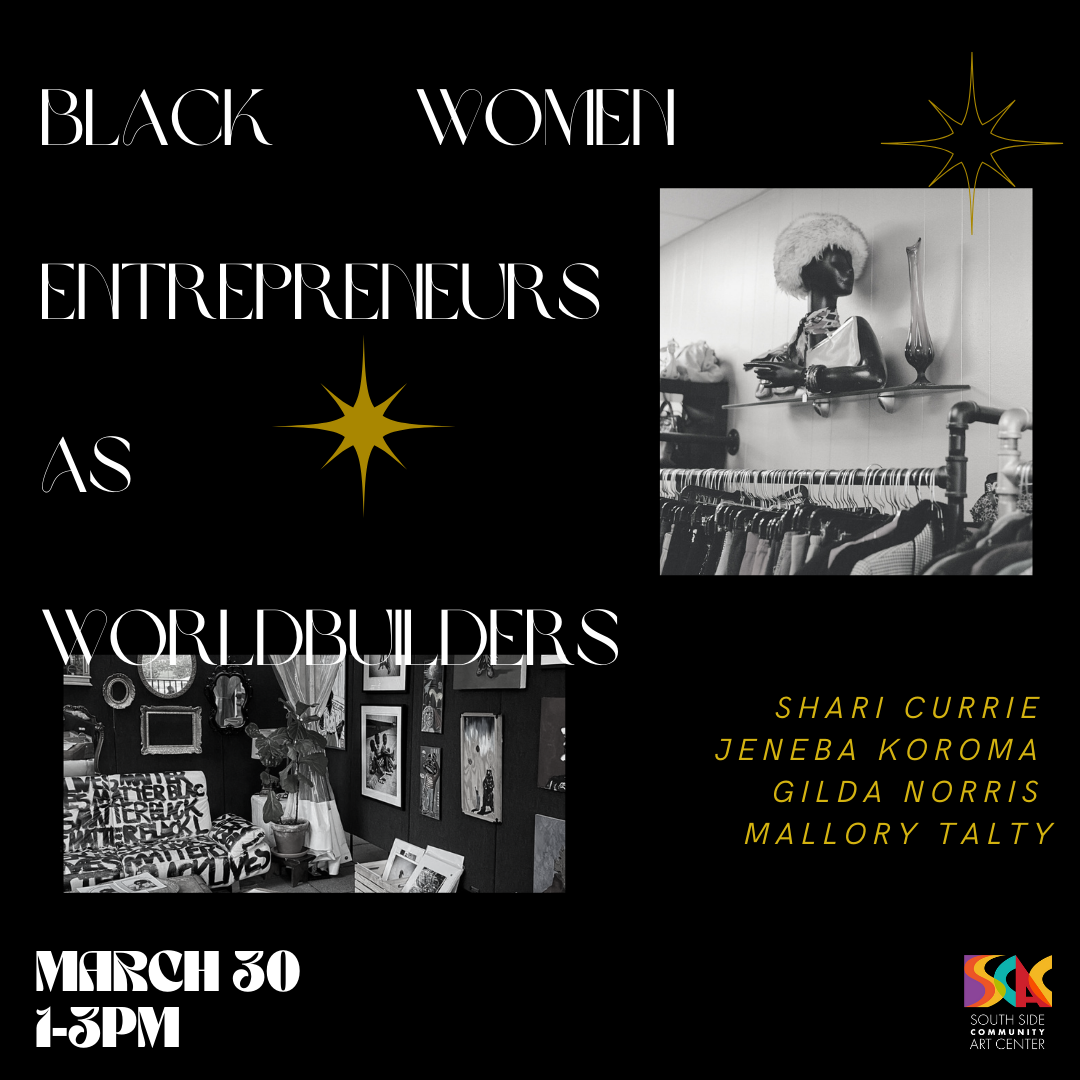3831 CINEMA: FOR THE LOVE OF BLACK ARTISTS
Join us for Art After Hours powered by Gertie, with screenings from filmmakers Rachel Gadson and Briana Clearly! We're thrilled to host filmmakers Rachel Gadson and Briana Clearly for rotational film screenings as part of Art After Hours Powered by Gertie, for EXPO art week! Sponsored by Arete Wealth & Masterworks, AAH takes […]





